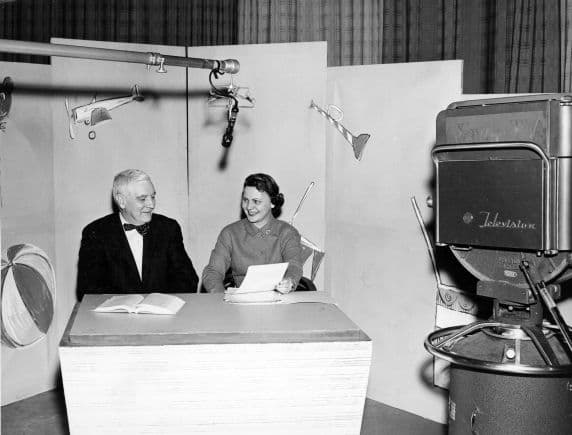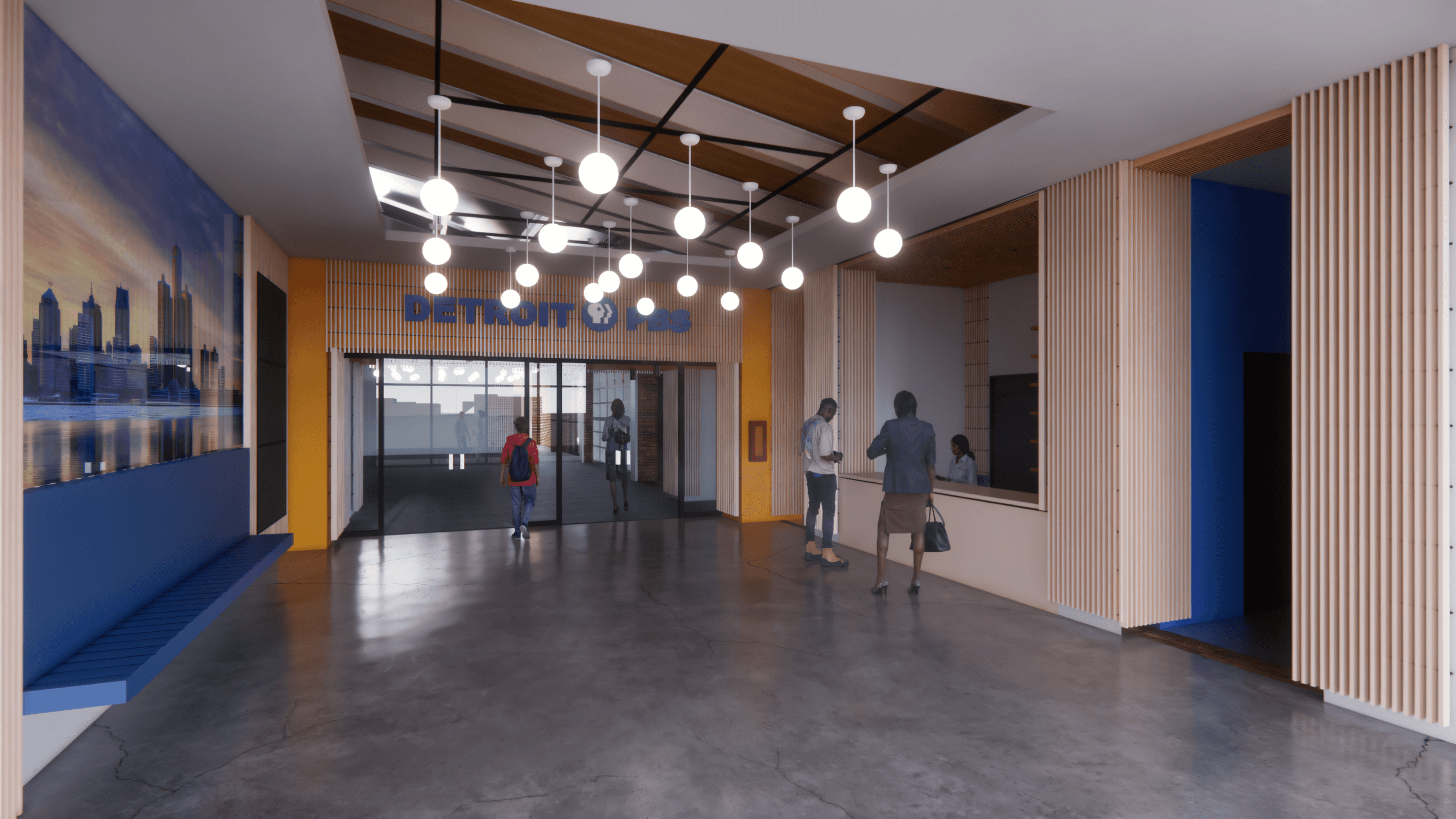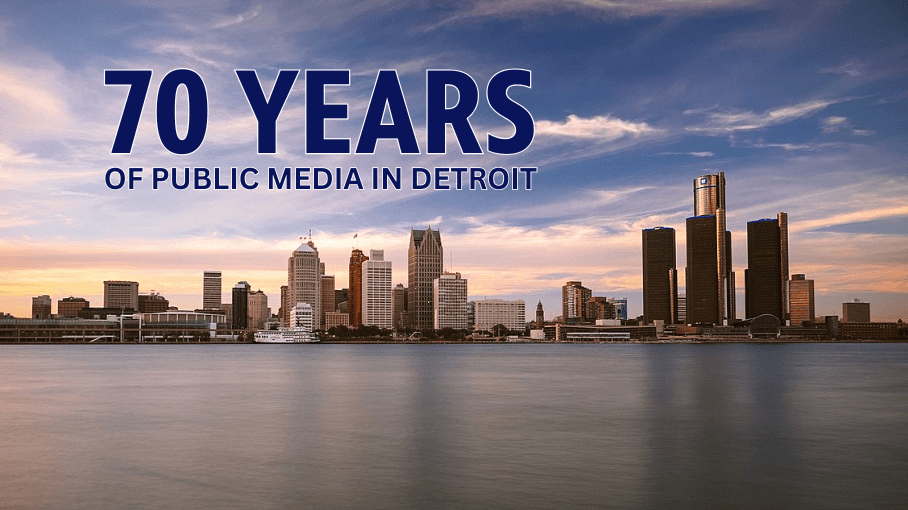Who is Detroit PBS?
Historical Timeline
Origin Story
Detroit PBS traces its roots back to the post-WWII era when educational activists lobbied for noncommercial television channels. On October 3, 1955, Channel 56 WTVS first went on the air as an instructional service affiliated with Wayne State University, the Detroit Public Schools, the University of Detroit, Cranbrook, and others.

The Early Milestones
In the 1960s, WTVS and other educational stations expanded their programming to cater to general audiences. WTVS produced its first series for wider viewership in 1966, "People in Jazz." The following year, the station acquired its own building and began transitioning to a community-based Board of Trustees.
This period also saw significant national developments, including the establishment of the Corporation for Public Broadcasting in 1967, paving the way for the creation of PBS in 1968, an organization operated by its member TV stations.

Early Programming
During the 1970s, our programming focused on specialized community shows like CPT and Detroit Black Journal, now known as American Black Journal, and viewer phone-in talk shows known as Ask the Doo-dahs. The station also engaged with the Hispanic community through the weekly series Para Mi Pueblo and produced a high school football game of the week.

Technological Innovations
The station embraced new technologies, becoming the first to use a satellite for program distribution and the first PBS station to broadcast 24 hours a day. In the 1980s, it expanded its reach to Canadian cable systems. In 2000, the station transitioned to digital transmission, investing in new equipment and facilities to meet FCC standards.

Expanded Services
Detroit PBS has evolved into a multifaceted media organization, offering TV, radio, online, and in-person services to meet the diverse needs of its audience. Through the years, community partnerships have been central to our mission, working closely with various organizations to address local issues and promote diversity, equity, and inclusion.

Dedicated to Detroit & Southeast MI
Over the years, Detroit PBS has called many locations home, but the most important location has always been the homes of our valued viewers and members.
From our humble beginnings on Lawton Street to Second Avenue in Detroit to our state-of-the-art studios at the Riley Broadcast Center in Wixom, we have responded to the needs of our community to the changing media landscape.

Today's Programming
Detroit PBS prioritizes five pillars: Arts and Culture, Journalism, Energy and the Environment, Kids and Education, and Health and Wellness. Initiatives like Great Lakes Now cover regional environmental issues, while One Detroit focuses on local stories and public affairs. American Black Journal provides a platform for African American perspectives, and Detroit Performs showcases local artists. In addition, Detroit PBS Kids offers educational programming for children. Together, these efforts enrich Detroit's cultural landscape and provide valuable insights to residents of all ages.
What's Next
As we look to the future, we also celebrate milestones that remind us of our enduring impact — 70 years of Detroit PBS and 20 years of 90.9 WRCJ serving Southeast Michigan. With that foundation, we are moving ahead on our new media campus in Detroit’s Milwaukee Junction district. It will open new doors for community engagement, education and cultural expression. We are deepening our commitment to local journalism, expanding arts and culture storytelling, and ensuring every child and family can benefit from trusted educational resources.


Join us on this journey!
Explore our vast library of content, engage in meaningful discussions, and become part of the vibrant community that is Detroit PBS.

